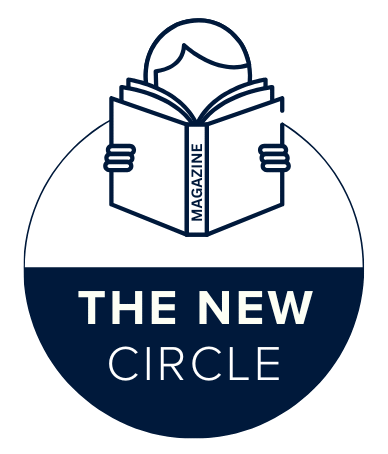Selecting the proper helicopter for flight training is significant for prospective aviators. Each type comes with its own functionalities that can help in learning. These options can help students decide the journey of their training. What makes one helicopter better suited for beginners while another prepares you for professional work?
Understanding the various types of helicopters for flight training helps students make informed decisions about their aviation education. From basic piston-engine models to advanced turbine aircraft, each offers unique advantages that shape your learning experience. Let’s take a closer look at the different helicopter types commonly used in flight training and how each can influence your path as a pilot.
Piston-Engine Helicopters
Many flight schools begin with piston-engine helicopters. For the most part, these aircraft are less expensive and cost-effective to operate. Their engines are similar to those used in cars and are easier to maintain. Students favor their no-frills approach that offers a direct path of learning centered around basic controls and flight maneuvers.
A lightweight model, well established in this segment, allows for less cumbersome handling. Perfect for beginners who need to build confidence, piston-engine helicopters are also cost-effective to rent, which will allow you to practice more hours without breaking the bank.
Turbine-Engine Helicopters
If you want to take your skills to the next level, the turbine-engine helicopters provide slightly more complexity. They have been designed with jet engines that provide more power and performance. These are frequently used in commercial operations, which makes this an excellent training option for anyone seeking to enter the professional pilot career track.
Due to the turbine engines, helicopters are more powerful and faster, which provides another flying experience. Operating in these aircraft gives students real-world experience that they will undertake during their careers. They’re costlier to run, but it’s worth it for the fundamental skills you learn. This experience is beneficial for those with aspirations of working in an industry such as search and rescue or corporate aviation.
Gyroplanes for Training
While not as common, gyroplanes provide a unique way to fly. These craft employ a rotor for lift and an engine-driven propeller for thrust. They also tend to be a lot more stable once in the air, so they make a perfect choice for those students who really benefit from a different approach to learning.
Thanks to the great stability of gyroplanes, they also have some very unique control mechanisms that can aid students in seeing certain concepts of flight more easily. Although not as common as helicopters, they offer a great opportunity for those of you looking to expand your flying talents. This choice really is a must for customers who desire more than traditional helicopter flying.
Light-Sport Helicopters
Light-sport helicopters are for recreational flying. They use a smaller, simpler, and generally cheaper platform. These helicopters fall under lower-level regulation, which means greater flexibility for the learner.
Light-sport helicopters are chosen by those students primarily because of how easy they are to fly. Their simplicity makes them an attractive option for people looking for fun in the skies and not a future aviation career. Ideal for the weekend flyer looking to fly with minimal training time.
Advanced Helicopter Types
Advanced helicopter models with more complex systems and technology are available for students who are ready to take on greater challenges. These consist of helicopters using autopilot, high-tech navigation, and communication systems. Pilots who fly these models train for high-demand roles that require precision and expertise.
According to the Federal Aviation Administration, advanced training requirements ensure pilots are prepared for specialized aviation operations. The choice of organizations requiring certain models with specialized operations demands advanced models. Helicopters such as these may provide an advantage to those students looking to go into emergency medical services, law enforcement, or offshore transportation. Skills acquired by training on higher-end models become valuable assets in a competitive job market.
Simulator Training
Simulator training is another important part of helicopter education. Simulators often give a safe space to practice the more challenging or emergency procedures. They give students the confidence they need without the dangers that come along with flying.
With accurate controls and displays, simulators provide a realistic environment. It aids students in honing their skills and mastering different scenarios. Students will also be able to learn concepts much better by making use of simulator sessions while practicing for real-world issues.
Conclusion
Choosing the right type of helicopter for flight instruction is critical to a positive educational experience. From piston engines to higher-level models, each has its own strengths that appeal to a different pilot profile and mission. An understanding of the different routes open will help any budding pilots decide the right one for themselves based on what they wish to achieve and how limited their budget is.
Flying a helicopter can be your hobby or a professional career; an appropriate helicopter will be helpful in both. Learning to fly is a journey with many opportunities along the way, and choosing the right type of aircraft can lay the path for many successful years to come.
YOU MAY ALSO LIKE: United Airlines Flight UA770 Emergency Diversion: What Happened?

